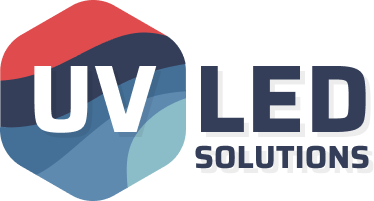Drink, touch, breathe more safely.
Disinfect the water
Growing urban populations place significant demands on infrastructure and the water industry. Although this is a global problem, it is both noticeable and extreme in some fast growing Asian countries such as China. In fact, at the end of the last five-year period of the plan (2015), over 85 percent of surface water was deemed unfit for consumption in Shanghai.
As the need for safer and more efficient ways to sanitize water becomes more urgent, UVC LEDs are leading the way as a proven method for providing protection against microbiological sources (viruses, bacteria, parasites).
Typical waterborne microbial contaminants include bacteria such as Escherichia coli (E. coli) pseudomonas, legionella, viruses such as rotavirus, adenovirus, hepatitis, and parasites such as giardia (beaver fever ) and cryptosporidium. UVC LED based solutions attack these pathogens without affecting the smell, taste or mineral content of the water.
Disinfect surfaces
The Centers for Disease Control (CDC) estimates the medical costs associated with Clostridium difficile (C. diff) infections to be approximately $ 1 billion. When in its endospore form, this ubiquitous pathogen can remain viable on surfaces for weeks or even months.
Ultraviolet Germicidal Irradiation (UVGI), a method of disinfection in which UVC light is used to inactivate microorganisms, is a proven method to control surface pathogens like C. diff and MRSA, protect patients and reduce the risk of healthcare-associated infections.
As the threat of antibiotic resistant microorganisms grows, UVC LEDs are a powerful infection prevention tool capable of delivering on-demand and quantifiable surface disinfection at the point of need.
Disinfect the air
A rapidly expanding global population, particularly evident in Asia, puts pressure on industry and energy infrastructure, resulting in decreased air quality and an increase in associated deaths. Almost 4 million deaths in 2015 were attributed to air pollution.
Population growth, coupled with rapid urbanization, has amplified the potential for the rapid spread of bacteria and viruses. UVC LEDs can improve indoor air quality and reduce infections when integrated into air purifiers and humidifiers.
When combined with photo-catalysis, UVC LEDs for air purification can play an increased role in air quality by removing, not just scavenging, the polluting volatile organic compounds (VOCs) that endanger health and safety.
